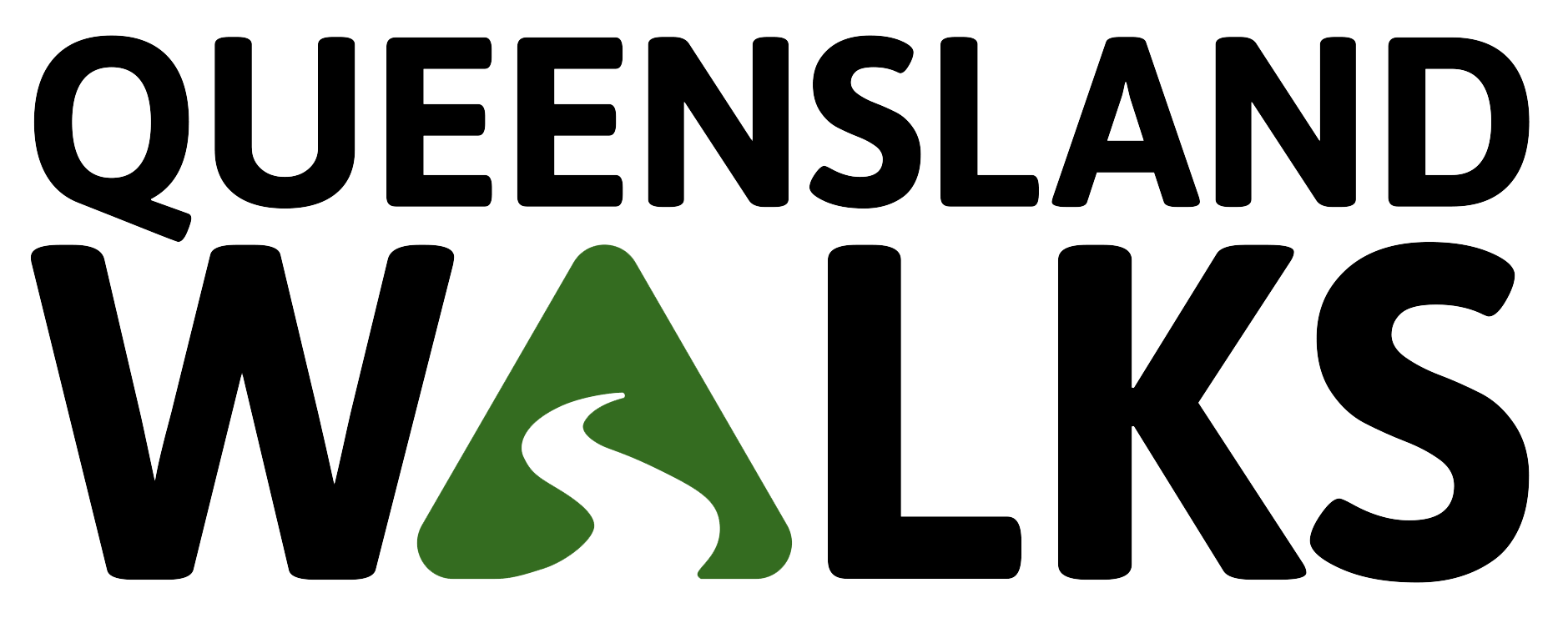Walkability – what is it and why does it matter?
Walkability relates to how friendly a place is towards walking. Do you find it convenient and comfortable to walk to everyday places like schools, parks, work and shops, or to take a leisurely stroll around your neighbourhood? If yes, then chances are you live in an area with high walkability. And this is great news, as walkable places matter to your quality of life.
Walkability improves our health by encouraging physical activity and enhancing social connectivity within communities. By enabling active lifestyles, communities with high walkability reduce people’s risk of developing chronic health conditions including obesity, heart disease, type 2 diabetes and some cancers. People living in walkable neighbourhoods are also more likely to interact socially, with one study finding 80% more social capital in walkable towns compared to a car-dependent places. And solid social connections and networks in communities play an important role in boosting people’s motivation to be active.
Alongside improving our health, walkable communities are greener, produce thriving economies and make our cities and towns more equitable places to live. Neighbourhoods where people can swap car trips for walking means less people driving, which lowers carbon emissions, benefits the environment and makes the planet healthier. High quality walking environments also increase home and retail rental values, generate more business and stimulate economies. Walkability also establishes fair foundations for cities so your postcode doesn’t determine your health status, level of social inclusion or access to key places and essential services within communities.
But what makes our places more walkable?
Whether you’re walking to get somewhere or purely for leisure, research has found there are some key elements that determine walkability. These include land use mix (having a variety of places to walk to), street connectivity and public transport options (easy ways to get to these places on foot), dwelling density (the number and different types of homes in a given area), and parks and green spaces.
Communities with mixed land use provide everyday places we all go (such as schools, workplaces, supermarkets, parks, bus stations and medical facilities) in the same neighbourhoods that we live in. Mixed land use helps make places more walkable because having these daily destinations close to home means people are more likely to visit these places with a short walk rather than driving. We were all made acutely aware of the value of having access to basic amenities and services close to home during the COVID-19 pandemic lockdowns. This experience also brought to light the uneven distribution of access to these services, with many people living in outer suburban, regional, remote or disadvantaged areas frequently unable to meet their daily needs due a lack of services in their neighbourhoods.
Networks of streets in grid-style layouts (typically characterised by rectangular blocks) with more intersections and shorter block lengths have higher connectivity because they provide people with quick and direct options of travelling to places. Try navigating your way through a neighbourhood with a maze of cul-de-sacs and you’ll quickly understand how much easier and faster it is to travel through places with grid-style layouts! Now imagine this from a child’s perspective – could you find your way to school, the park or your friend’s place without your parent’s phone and its magical maps?
Public transport offering frequent services close to where people live are essential to creating walkable communities, and warrants earlier introduction in new developments and neighbourhoods. Without sufficient public transport people will need to resort to driving vehicles to meet their daily needs, increasing car dependency and reducing physical activity. Reliable public transport is also critical to addressing inequities within communities (especially in outer suburban residential estates), given that not everyone has access to, or is able to drive a car. And with more young people putting the brakes on getting their driver’s license these days, guaranteeing the availability of high-quality public transport systems in communities will be necessary for ensuring people can reach their daily destinations in future.
Dwelling density refers to the number and types of residences on a parcel of land, which determines the number of people who can live in a given area. Areas with more apartment buildings, blocks of units and townhouses can accommodate more people than houses. And because higher-density neighbourhoods can accommodate more residents, they supply the ‘critical mass’ of people (ahem, customers) necessary to sustain local services, and trigger the development of infrastructure needed to create walkable neighbourhoods. By providing greater diversity in housing choices within communities, higher dwelling densities can assist in reducing inequities by unlocking the door to accessing housing for many, whilst also meeting the needs of the growing number of one to two person households.
Research has found a strong link between living within a short walk of a park (particularly large parks with walking tracks and other facilities) and active living, especially recreational walking. While the role parks play in supporting walking is well established, not all green space is created equal when it comes to creating environments supportive of walking. Street trees are like sun hats for cities – they stop them from baking in the hot sun, keep them cooler, and are visually appealing – all important ingredients for creating pleasant walking environments (especially in our Sunshine State)! Street trees have even been found to increase walking for transport by up to 41%, and to be more important than open grassed areas like sports fields in supporting active communities.
Aesthetics, safety (against traffic and crime), and pedestrian infrastructure (such as pathways, street lights, and crossings) have also been found to be important parts of built environments supportive of walking and other physical activities. And over the past few decades a lot of research internationally and across Australia has gone into figuring out exactly how much of each of these elements is required to build walkable communities. So, we know what walkability is, why it matters, and the key elements for creating walkable communities. Keep an eye out for next week’s blog, which will look at how we measure up in creating walkable places, and what we can do to create more walkable communities across Queensland.

Author: Melinda Covey-Hansen
Honours Student at the University of Southern Queensland undertaking research on healthy living policy, place and local government, with 14 years experience in creating healthy communities across local and state government.
References:
- Sallis JF, Cerin E, Kerr J, Adams MA, Sugiyama T, Christiansen LB, Schipperijn J, Davey R, Salvo D, Frank LD, et al: Built Environment, Physical Activity, and Obesity: Findings from the International Physical Activity and Environment Network (IPEN) adult study. Annu Rev Public Health 2020, 41(1):119-139.
- World Health Organisation. Physical activity fact sheet. 2022. https://www.who.int/news-room/fact-sheets/detail/physical-activity. Accessed 1 Aug 2022.
- Leyden KM: Social Capital and the Built Environment: The importance of walkable neighborhoods. Am J Public Health 2003, 93(9):1546-1551.
- Prochnow T, Patterson MS: Assessing social network influences on adult physical activity using social network analysis: A systematic review. Am J Health Promot 2022, 36(3):537-558.
- Neves A, Brand C: Assessing the potential for carbon emissions savings from replacing short car trips with walking and cycling using a mixed GPS-travel diary approach. Transp Res Part A, Policy Pract 2019, 123:130-146.
- Tolley R. Good for busine$$: The benefits of making streets more walking and cycling friendly discussion paper. National Heart Foundation of Australia; 2014.
- Bentley R, Blakely T, Kavanagh A, Aitken Z, King T, McElwee P, Giles-Corti B, Turrell G: A longitudinal study examining changes in street connectivity, land use, and density of dwellings and walking for transport in Brisbane, Australia. Environ Health Perspect 2018, 126(5):057003-057003.
- Cerin E, Sallis JF, Salvo D, Hinckson E, Conway TL, Owen N, van Dyck D, Lowe M, Higgs C, Moudon AV, et al: Determining thresholds for spatial urban design and transport features that support walking to create healthy and sustainable cities: Findings from the IPEN adult study. The Lancet Glob Health 2022, 10(6):e895-e906.
- Knuiman MW, Christian HE, Divitini ML, Foster SA, Bull FC, Badland HM, Giles-Corti B: A longitudinal analysis of the influence of the neighborhood built environment on walking for transportation: The RESIDE study. Am J Epidemiol 2014, 180(5):453-461.
- RMIT University. Australian Urban Observatory. 2022. https://auo.org.au/. Accessed 1 Aug 2022.
- Davern M, Giles-Corti B, Badland H, Gunn L. Coronavirus reminds us how Liveable Neighbourhoods Matter for our Well-being. 2020. https://theconversation.com/coronavirus-reminds-us-how-liveable-neighbourhoods-matter-for-our-well-being-135806. Accessed 1 Aug 2022.
- Gunn L, Kroen A, De Gruyter C, Higgs C, Saghapour T, Davern M: Early delivery of equitable and healthy transport options in new suburbs: Policy, place and people. J Transp Health 2020, 18:100870.
- Delbosc A. Why are young Australians turning their back on the car? 2015. https://theconversation.com/why-are-young-australians-turning-their-back-on-the-car-35468#:~:text=Today%E2%80%99s%20young%20Australians%20are%20more%20likely%20to%20attend,also%20have%20less%20money%20to%20pay%20for%20one. Accessed 1 Aug 2022.
- Udell T, Daley M, Johnson B, Tolley R. Does density matter? The role of density in creating walkable neighbourhoods. National Heart Foundation of Australia; 2014.
- Statistics ABO. Household and Family Projections, Australia. Canberra: Australian Bureau of Statistics; 2019.
- Sugiyama T, Cerin E, Owen N, Oyeyemi AL, Conway TL, Van Dyck D, Schipperijn J, Macfarlane DJ, Salvo D, Reis RS et al: Perceived neighbourhood environmental attributes associated with adults׳ recreational walking: IPEN adult study in 12 countries. Health Place 2014, 28:22-30.
- Vich G, Marquet O, Miralles-Guasch C: Green streetscape and walking: Exploring active mobility patterns in dense and compact cities. J Transp Health 2019, 12:50-59.
- Feng X, Toms R, Astell-Burt T: Association between green space, outdoor leisure time and physical activity. Urban For Urban Greening 2021, 66:127349.
- Tsai W-L, Yngve L, Zhou Y, Beyer KMM, Bersch A, Malecki KM, Jackson LE: Street-level neighborhood greenery linked to active transportation: A case study in Milwaukee and Green Bay, WI, USA. Landsc Urban Plan 2019, 191:103619.

